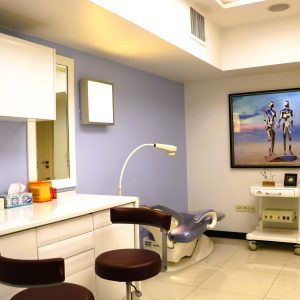


درباره دکتر برزنجی
دکتر سیدفرشاد برزنجی فارغ التحصیل رشته پزشکی عمومی با رتبه اول از دانشگاه تهران در سال ١٣٧۱ و فارغ التحصیل دوره تخصصی گوش و حلق و بینی و جراحی سر و گردن با کسب بورد تخصصی در سال ١٣٧٥ می باشد.
ایشان در سال ٢٠٠١ موفق به کسب مدرک ECFMG از امریکا شد.وی ٨ سال سابقه تدریس در دانشگاه علوم پزشکی داشته و در حال حاضر عضو انجمن گوش٬گلو٬بینی و جراحان سرو گردن ایران٬انجمن راینولوژی ایران٬انجمن تحقیقات راینولوژی ایران و آکادمی جراحی پلاستیک صورت اروپا می باشد.
ویدئوهای معرفی


































پرسش و پاسخ های کاربران
با سلام در صورتی که بخواهیم فرورفتگی بالای بینی شما را با ژل یا چربی پر کنیم ممکن است نیمرخ بینی شما صاف شود. بهتر است به مطب مراجعه کنید تا این کار را به صورت کامپیوتری طراحی کنیم تا نتیجه را ببینید.
با سلام یک عدد اکوتان اشکالی ندارد.
با سلام این حالت معمولا" به علت خشکی میباشد و ربطی به جذب ژل ندارد.
با سلام اشکالی ندارد. جهت هزینه ها با مطب تماس بگیرید.
با سلام در این سن معمولا تزریق فیلر (ژل) کافی است. میتوانید عکس خود را ارسال کنید.
با سلام معمولا" یک سی سی کافی است ولی گاهی دو سی سی نتیجه بهتری دارد. هزینه بسته به نوع ژل متفاوت است.
با سلام تزریق ژل تا حدی کمک کننده هست ولی موقتی میباشد.